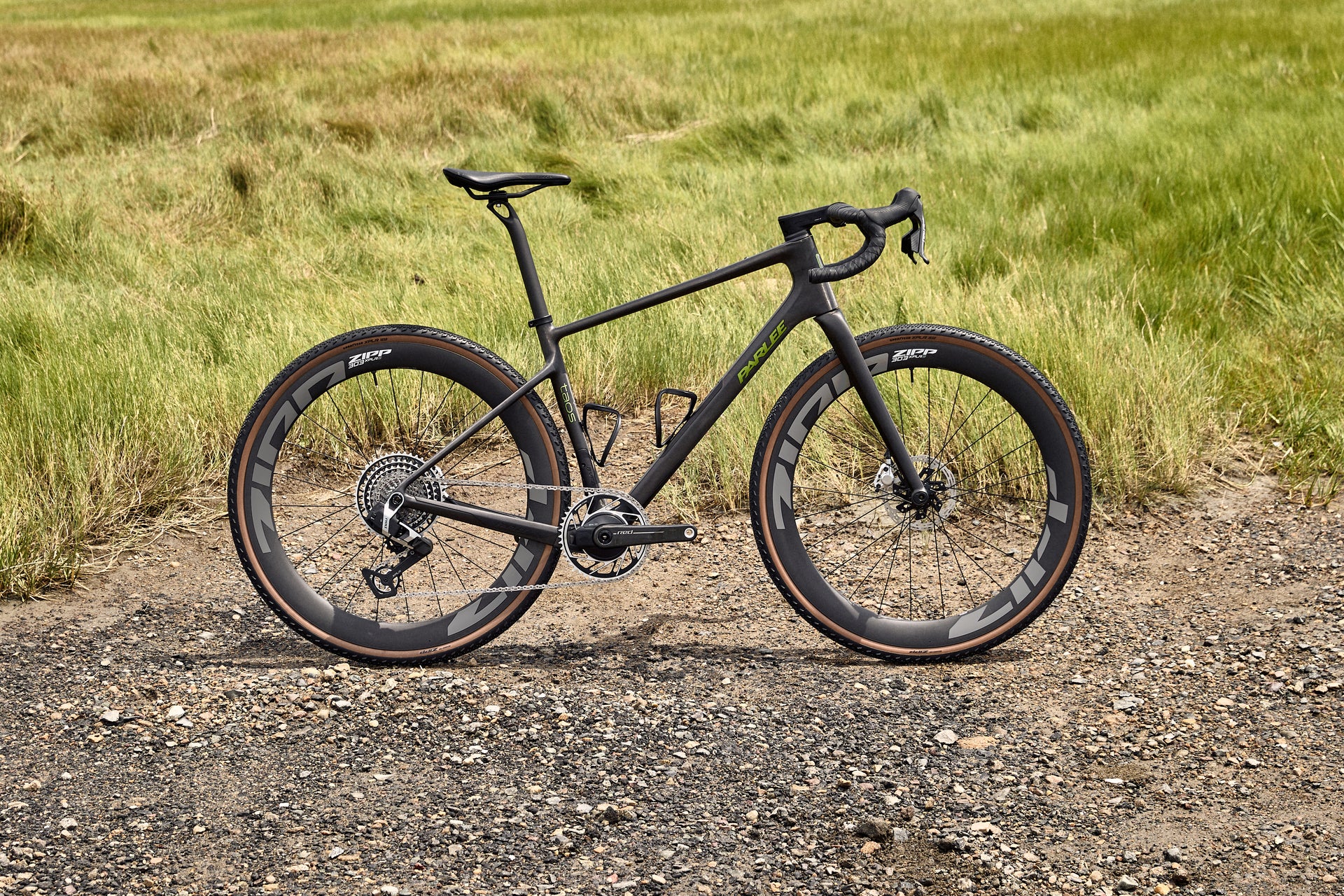All Posts
3D Modeling vs. 360-Degree Photography: Why 3D is the Future of Product Presentation
In today's competitive market, how businesses present their products can significantly influence customer engagement and sales performance. While 360-degree photography has been a popular choice for showcasing products, advancements in 3D modeling are setting a new standard in digital product representation. This article explores why product companies should consider investing in 3D modeling over 360-degree photos to enhance their product presentations.

Limited Interactivity and Detail with 360-Degree Photography
360-degree photography offers a panoramic view of a product, allowing customers to view it from various angles by rotating the image. However, this method has inherent limitations. Firstly, the level of interactivity is minimal. Customers can rotate the product but cannot interact with it in a way that simulates real-life experiences, such as opening a cabinet or changing parts of a configurable product.
Moreover, 360-degree photos often lack detail when zoomed in, which can be crucial for products where texture and fine details are essential for the consumer's purchase decision. This can lead to a gap in customer expectations and actual product experience, potentially affecting satisfaction and increasing return rates.
The Superiority of 3D Modeling
3D modeling, by contrast, offers a revolutionary leap in both interactivity and visual detail. Here are several reasons why 3D models are superior:
Enhanced Interactivity: 3D models are not only rotatable but also interactable. Customers can explore different configurations, change colors, and view the product in various scenarios. This level of interaction is not just engaging; it closely mimics a real-life shopping experience, thereby enhancing customer confidence in their purchase decisions.
High-Quality Visuals: 3D models provide exceptionally high-resolution visuals that remain crisp and detailed even when zoomed. This clarity is crucial for products that boast intricate designs and high craftsmanship.
Versatility Across Platforms: Unlike 360-degree photos, 3D models can be used across various digital platforms, including virtual reality (VR) and augmented reality (AR), without any loss in fidelity. This makes 3D models a future-proof investment as more retail spaces move towards immersive shopping experiences.
Cost-Effectiveness in the Long Run: While the initial setup for 3D modeling might be higher than that for 360-degree photography, the long-term benefits outweigh these initial costs. 3D models can be easily updated and modified without the need for re-shooting, reducing ongoing costs and enhancing the ability to update product lines quickly.

Potential Drawbacks of 360-Degree Photography
While 360-degree photography might seem like a cost-effective solution initially, it lacks scalability. As product lines expand and require updates, new photos must be taken, involving repeated logistical and operational expenses. Additionally, 360-degree images do not seamlessly integrate into more advanced digital realities, such as AR and VR, limiting their utility as technology advances.
Conclusion
In conclusion, while 360-degree photography provides a basic level of product interaction, 3D modeling offers a depth of interaction and detail that far surpasses what 360-degree photos can offer. For businesses looking forward to the future of digital retail and aiming to provide an unmatched customer experience, investing in 3D modeling technology is a strategic move that promises not only to meet but exceed customer expectations. This investment not only aligns with technological advancements but also prepares product companies for the future of immersive product demonstrations.
For product companies evaluating the best way to present their products, the choice is clear: 3D modeling is not just an option; it is the future of product presentation.
Ready to revolutionize your product presentations? Explore how 3D modeling can elevate your customer experience and boost sales. Learn more today!




